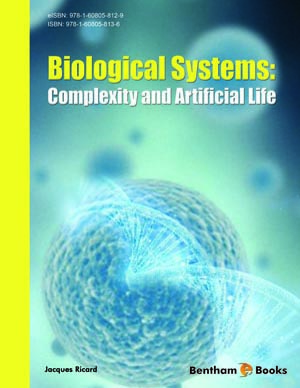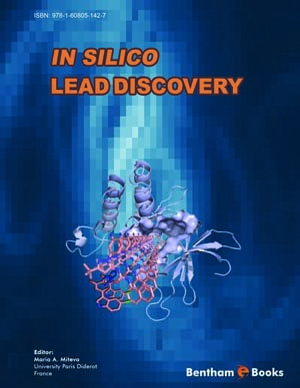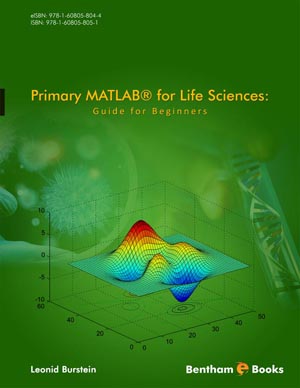Abstract
With the advent of ultra-high-throughput sequencing technologies, ChIP-seq is becoming the main stream for the genome-wide studies of transcription factor binding sites (TFBSs) and histone modification sites. Computational analysis of ChIP-seq data is important for ChIP-seq applications. In this chapter, we first give an overview of the stateof- the-art ChIP-seq analysis tools developed for predicting ChIP-enriched genomic sites. Next, we describe the methods employed in a comprehensive analysis on Chen et al.’s ChIP-seq dataset in mouse embryonic stem cells (mESC) [1]. These methods include the prediction of transcription factor binding peaks, as well as subsequent analysis procedures such as de novo motif-finding and the discovery of transcription factor co-localization. By this, we demonstrate how the computational approaches assist to achieve novel biological discoveries from large-scale ChIP-seq dataset.
Keywords: Computational Analysis, Sequencing, Transcriptional regulation, Chromatin Immuno-precipitation, Histone modification, ChIP-seq, ChIP-enriched loci, Hidden Markov Model, Control library, Poisson distribution, mESC.













